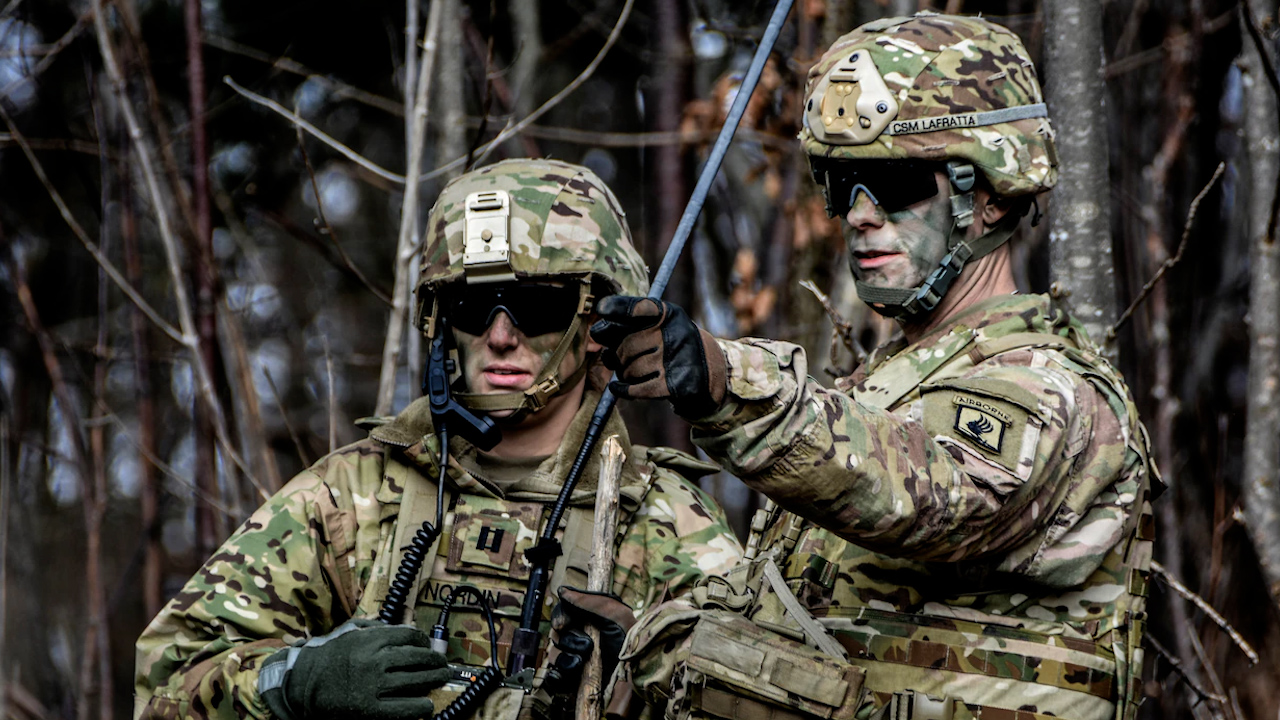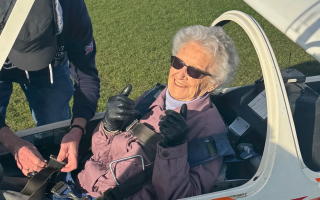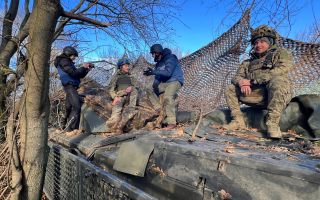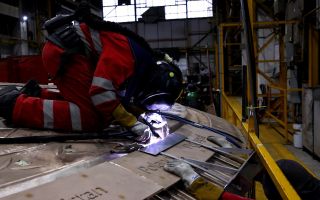
US Army paratroopers field-test new helmet built to stop bullets like a catcher's mitt

US Army paratroopers have begun field-testing a new close-combat helmet that offers the same protection as the previous model while being 22 per cent lighter.
Soldiers from the 82nd Airborne Division were the first to receive the new helmet that has been in development since 2018.
Weighing just 1.48kg, the helmet offers more protection on the battlefield, but less weight, meaning greater comfort and reduced fatigue for the individual soldier.
As the Army Times pointed out, the helmet was developed under the Program Executive Office Soldier (PEO Soldier) initiative, the US Army's project to design more effective and efficient field equipment.
Alex De Groot, the lead engineer for head protection at PEO Soldier, explained how older versions of the US Army's combat helmets were made from Kevlar.
Kevlar, the commercial name for a composite material made of para-aramid fibres, is hard and brittle, and works by disintegrating on impact to mitigate the energy from an incoming round or shrapnel.
However, Mr De Groot said the material being used in the Army's newer helmets is ultra-high molecular weight polyethylene, which absorbs the energy like a baseball catcher's mitt.
The new helmet is known as the Next Generation Integrated Head Protection System (NGIHPS), and replaces the similarly named Integrated Head Protection System (IHPS).
In its basic form, the older IHPS helmet could protect against fragmentation injury and pistol-calibre rounds.
But in order to offer any meaningful protection against rifle rounds, it needed the addition of an applique armour plate, adding to the weight.
The new NGIHPS helmet, on the other hand, offers the same degree of protection as the IHPS with applique armour, but without the weight penalty.
Both the IHPS and NGIHPS are made from ultra-high molecular weight polyethylene, but the material used in the NGIHPS helmet has been processed in a different way, making it stronger, so less needs to be used.
Lieutenant Colonel Kenneth Elgort, another member of the PEO Soldier team, said the new helmet was still in development and would continue to be improved.
Soldiers had already complained the two front pads inside the helmet were too stiff, so four new pad options are currently being tested, he explained.
While the NGIHPS and IHPS helmets are intended for use by close-combat troops, support personnel will continue to wear the earlier Kevlar-based Advanced Combat Helmet.









